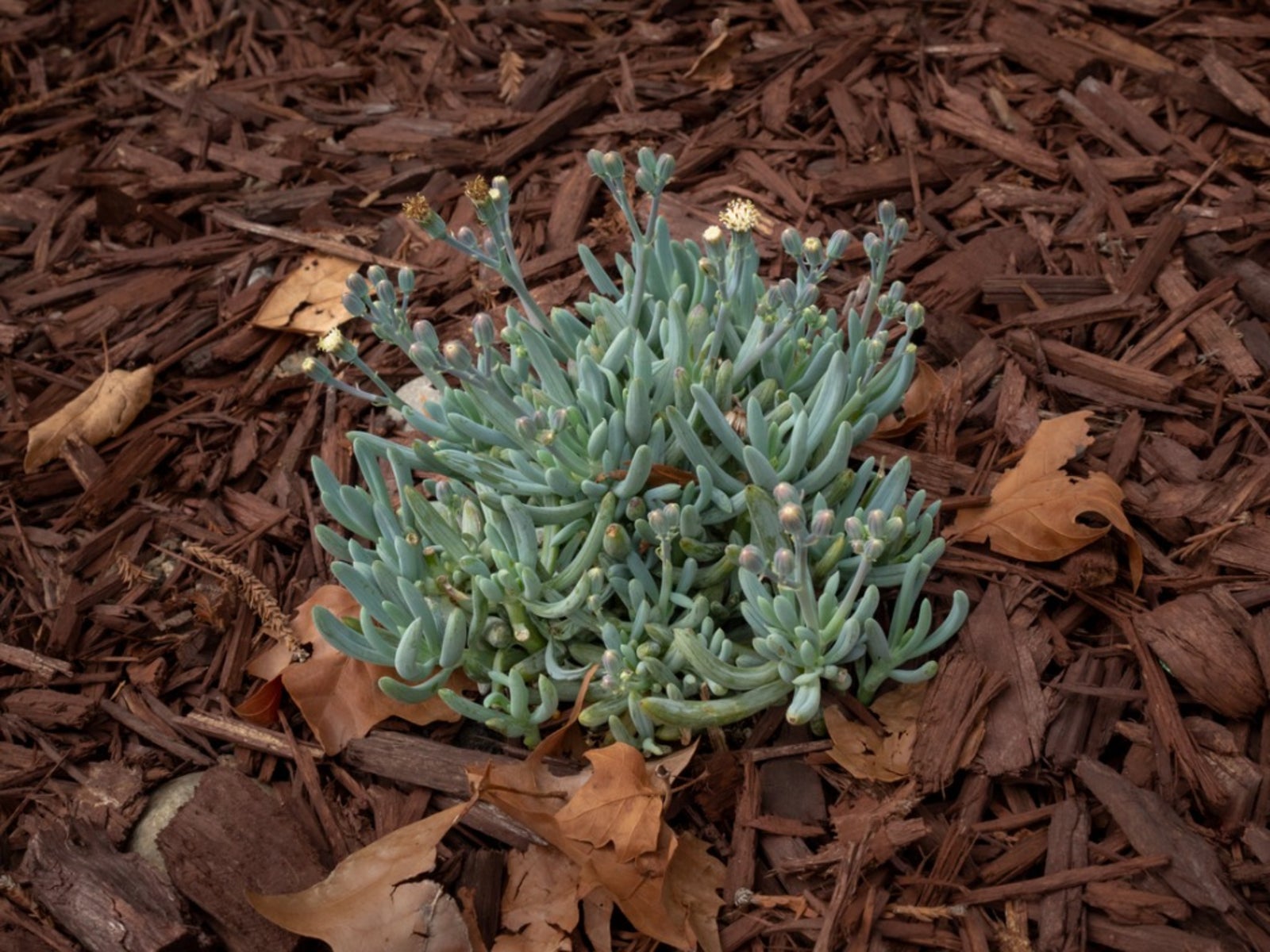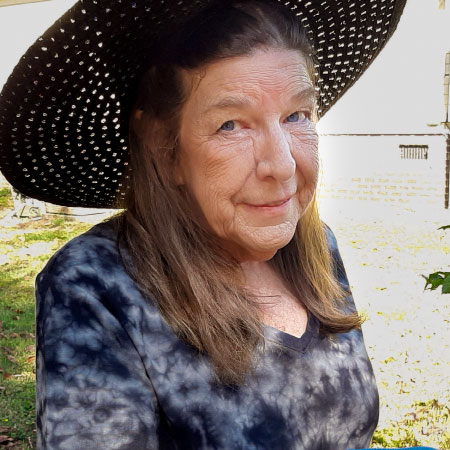Growing Blue Chalk Sticks: How To Care For Senecio Blue Chalk Sticks


A native of South Africa, blue chalk succulents (Senecio serpens) are often a favorite of succulent growers. Senecio talinoides subs. mandraliscae, also called blue chalk sticks, is possibly a hybrid and was found in Italy. The South African native is called blue chalk succulent or blue fingers for its attractive bluish, finger-like leaves. It also produces white summer blooms.
Blue Chalk Succulent Info
Attractive and easy to grow, this plant thrives happily in many landscapes and containers, reaching 12 to 18 inches (31-46 cm.) and forming a dense mat. Growing blue chalk sticks as a groundcover is common in warmer areas. Various hybrids of the plant differ slightly in appearance and may perform differently in the landscape. Most varieties grow as an annual plant in places with cold winters, but might surprise you and return depending on the microclimate and the location in the landscape. This interesting succulent grows in winter and is dormant in summer. Trailing blue fingers can cover a substantial area quickly, particularly in areas without frost and freeze. An excellent border plant, specimen for a rock garden, or for a cascading element in a succulent container arrangement, blue chalk plant care is simple too. In fact, care for Senecio blue chalk sticks is similar to that of many other succulent plants.
How to Care for Blue Chalk
Overhead protection from trees, if you can find this and still have a dappled sun area, is a good place to plant or locate containers outside. Partial sun to light shade encourages spread of this attractive, matting groundcover. Whatever situation you choose for growing blue chalk sticks, plant it in a fast-draining, gritty mix, as with other succulents. Sandy soils are appropriate for this plant. Clay or other non-draining soils can quickly be the end of chalk stick, as can too much water. Limit watering as part of care for Senecio blue chalk sticks. Allow periods of dryness between waterings. Fertilize with low-nitrogen plant food, diluted or use a succulent plant food for container plants. Some recommend a weak compost tea fertilizer for succulent plants. Cut back in late summer, if needed. Propagate more blue chalk sticks from cuttings for another display. This blue-green plant is deer and rabbit resistant and appears to survive fire as well.
Sign up for the Gardening Know How newsletter today and receive a free copy of our e-book "How to Grow Delicious Tomatoes".

Becca Badgett was a regular contributor to Gardening Know How for ten years. Co-author of the book How to Grow an EMERGENCY Garden, Becca specializes in succulent and cactus gardening.